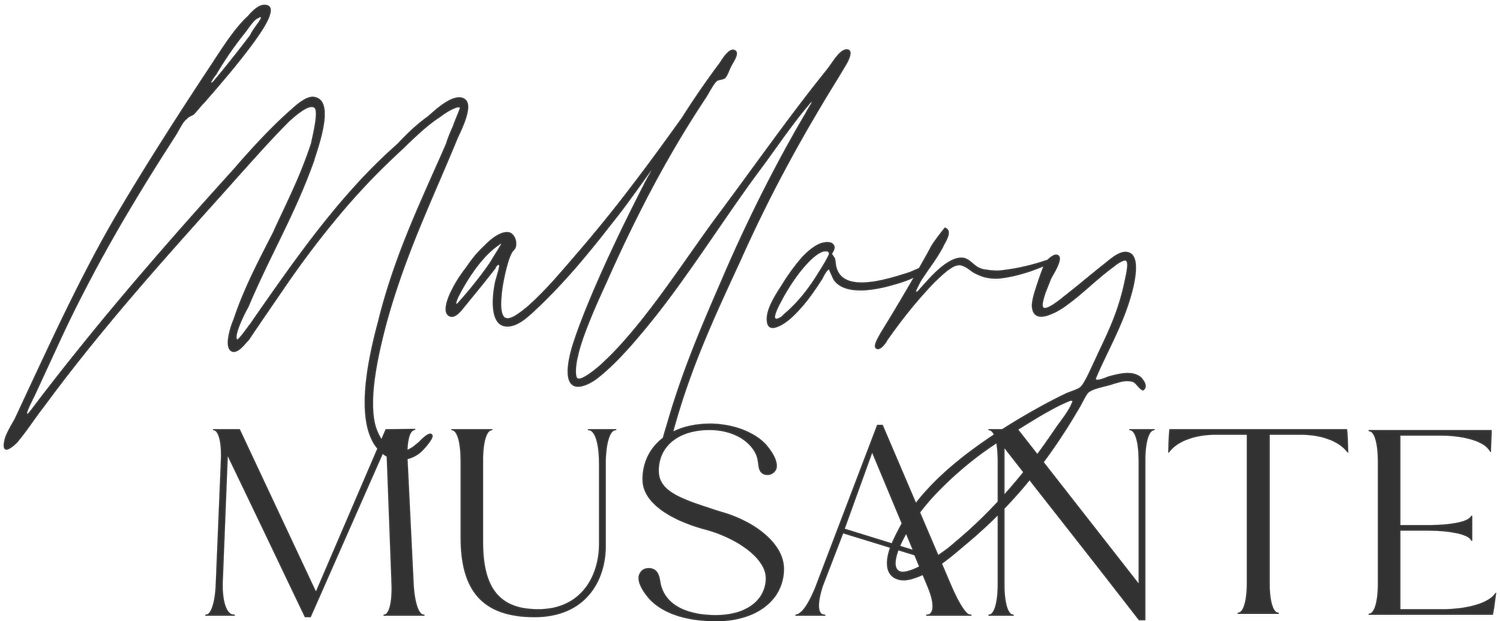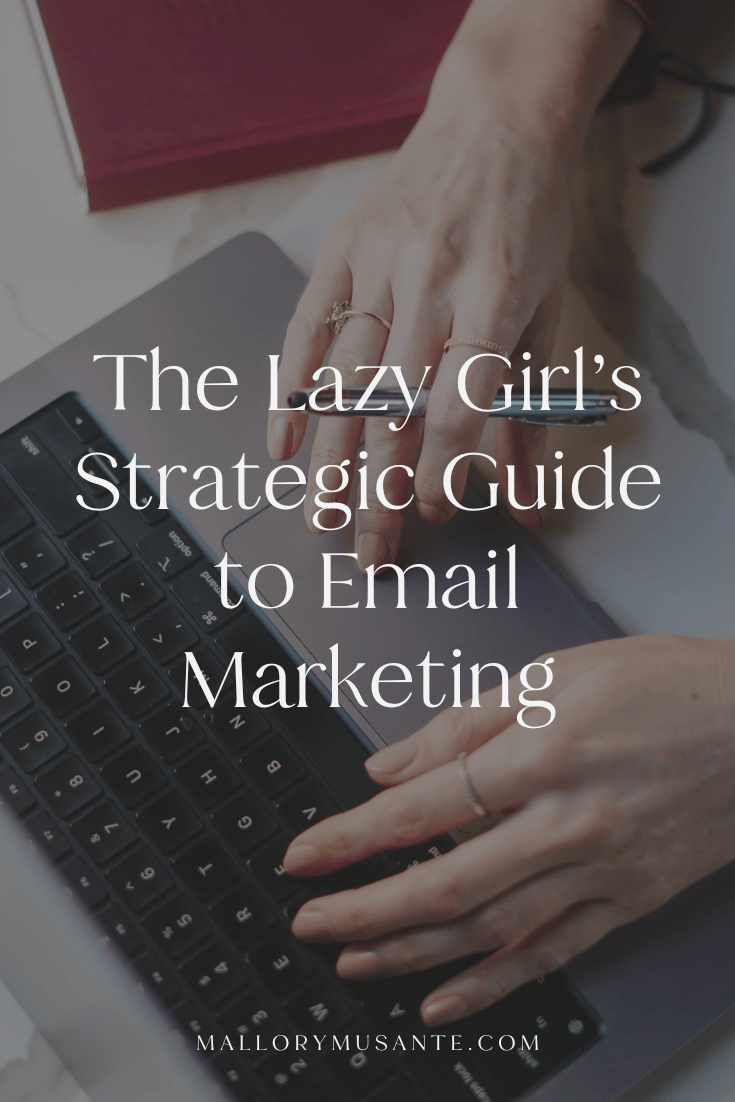How to prepare your creative business for a sabbatical
I am a firm believer that business is supposed to support your life, not be your life…
And that’s only because business used to be my life, and while I made good money, I was stressed all the time and couldn’t even relax while I was home with my family for the holidays.
I previously believed that once I reached a certain level that taking time off and having the freedom I always wanted would follow, and boy, was I wrong!
I’ve since had to intentionally structure my business to allow for that flexibility and freedom and now I’m very happy to be able to take a month completely off to roadtrip and explore in some very remote parts of the Southwest - My second sabbatical in 2 years!
How you plan and prep for time off in your business will likely differ from how I’m doing it depending on your particular business, but I hope by sharing my thought-process on why and how I’m doing things, it will help spark some ideas on how you can do it as well!
Clients types and how I plan to handle each
First things first, I have a couple of different types of clients - Some recurring and some not. This means I have to come up with a plan for each keeping both mine and their best interest in mind.
Strategy clients: My Strategy Intensives are one-time projects with continued support after strategy delivery. Because of this, I stopped taking these clients on in early April so I had enough time to finish their strategy prior to leaving in mid-May. Any ongoing support they need will be deferred to end of June when I’m back.
Social media management: I have a few clients who I manage their entire social media accounts for and I will continue to manage their accounts through their contract dates.
CMO Partnership: This is my newest offer and I purposely opened this for enrollment in January so their contracts would end right before my trip. Clients will be given the option to continue starting on July 1 when I’m back if they’d like.
Contracts + hiring a freelancer
While I planned for my CMO Partnership contracts to end prior to my departure, I didn’t do that for my social media clients. That’s because I knew I’d be able to bring on temporary help to manage those accounts while I’m away.
The main difference between these 2 types of clients is that the CMO Partnership clients are paying to have access to me specifically, and while my social clients also get that, those accounts can easily run without me.
That means bringing on a virtual assistant or social media freelancer to help with my social media clients makes the most sense. That way I don’t lose any of those accounts in the long run and can still provide amazing service for them.
Prep work + automation
I will be writing all my client content for the time I’ll be gone upfront so clients can approve it and I can then schedule all the posts ahead of time. That means the person I bring on to help will just need to make sure the posts go out and/or push some manually (Stories, carousel posts, etc. that won’t necessarily auto-post) and help with community management and engagement here and there.
This means I’ll probably only need 1-2 hours of help/week, allowing me to keep the expense of bringing on help low. This is especially important to me during this time period because this will be the only money steadily coming in for this month I’m gone.
*I do plan to open enrollment for a few of my other services in June to line some projects up before I’m back!
Communication with clients
I’ve been really frank and upfront with clients and potential clients that I will be taking time off and likely won’t have much access to internet while I’m gone. I want anyone that works with me to be aware so they can plan accordingly if needed and/or make other plans if that doesn’t work for them (I hope that’s not the case but also understand if it is).
Everyone I’ve spoken with so far has been really understanding, excited for me, and no one has opted out of working with me.
People appreciate this transparency a lot.
And a secondary benefit of this is that it actually helps with my own marketing. As I said before, I truly believe that business is supposed to support your life, not be your life and this is something I strive to incorporate into my client’s marketing strategies (figuring out ways to make their marketing efforts easy and manageable vs. time-consuming for example).
Taking this time off isn’t meant to be a marketing ploy but it does show people that I walk the walk which ultimately helps built the “Know Like Trust” Factor with them. So unintentional, secondary benefit win!
Managing my own marketing strategy
While I’m mainly focused on making sure my clients are all set, I do need to keep my marketing efforts going so I can jump back into the swing of things when I’m back. That means I’m batching a ton of work right now for myself too. My main focuses for batching and scheduling are:
Blog posts
Email marketing
YouTube videos
Some social media posts (I’ll be sharing a lot of trip content during this time so I’m not too concerned if I don’t have a lot written and scheduled prior to the trip)
Non-business but a money maker
This doesn’t necessarily have to do with my business, but indirectly does — I’ll be renting my house while I’m away to offset the slight decrease in my monthly income from pausing clients/not taking on new projects. I did this last year and it covered basically all my household expenses so it really helped alleviate any financial stress I would have had.
Because I’m mostly in and out of service on trips like this, I arrange everything ahead of time from letting my renters know I might be slow to respond and setting up cleaners.
And that’s the gist of how I’m handling everything for an entire month off. Hopefully next year I’ll have some passive income sources but I don’t think I’m change much in terms of how I prep or handle the time off… but stay tuned!
Also if you want to follow along with the trip, make sure to follow me on Instagram. I’ll be sharing everything there!































